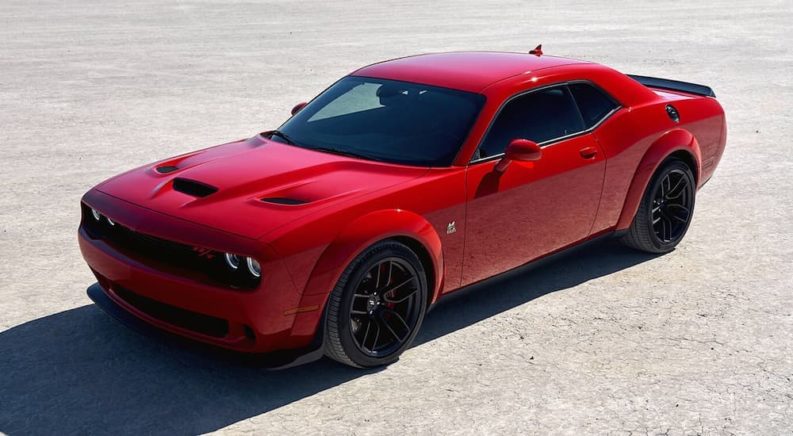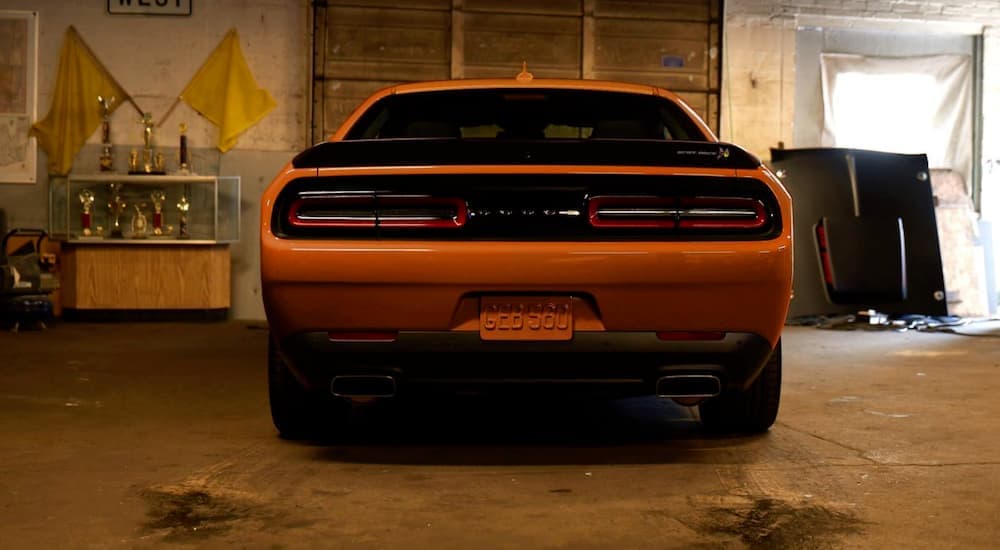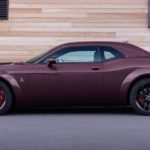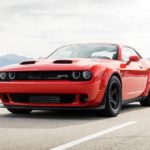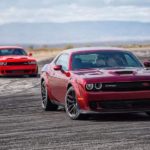The Dodge Challenger is fast and powerful, but perhaps its greatest attribute, and the one that most sets it apart from competitors, is its visual homage to the beginning of the Challenger era. While a large majority of the automotive pack has had glow-ups, makeovers, and facelifts that generally follow the trends of design, the modern Challenger has stayed true to its original spirit. When comparing the aesthetic of a used Dodge Challenger for sale from the early ’70s with a brand-new one, there are more similarities than differences, although the visual evolution of the Challenger hasn’t necessarily followed a straight line. There were several years when the Challenger experimented with its style, but it ultimately found its way back to the old-school cool that made it so popular in the first place.
Buff Beginnings
The first Dodge Challenger debuted for the 1970 model year and was built on Chrysler’s E Platform, shared with a redesigned Plymouth Barracuda that debuted the same year. Its good looks can be traced back to Carl Cameron, the mastermind behind the flagship Dodge Charger and the facelifted Dodge Dart of 1967. In the case of a lot of these early muscle cars, form follows function, and their style that would go on to become iconic was deeply tied to the way they performed. The Challenger, for example, was built with a large, aggressive hood due to the 7.0-liter V8 that it needed to be able to house. Its deeply recessed grille served to funnel air to the intake more efficiently, as did the dual headlights, which angle slightly inward.
It wasn’t all about stuffing as much air as possible into the biggest engine possible, though. Several chrome accents were added to the Challenger to create a luxurious feel, and the grille itself was trimmed in chrome so as not to get lost in the cavernous front fascia. Certain elements of its style were purely indicative of design trends of the era rather than contributing to the Challenger’s performance. For example, vehicle designers of the latter half of the 20th century were enthralled by fighter jets, which had wasp-thin waists that reduced drag as they approached supersonic speeds. Cars surely weren’t anywhere near breaking the sound barrier but adopted the coke bottle body style anyways. The Challenger, with its flared-out fenders and little middle, was no exception.
Throughout its first generation, the Challenger underwent a handful of changes. In 1971, its grille was swapped for a split design. The taillight, originally a single bar spanning the rear of the vehicle with “Dodge” penned on the center reverse light, was scrapped for a split design as well. The year 1972 brought more changes to the grille and taillights. The new front fascia had a bigger opening, while rectangular, dual tail lights now decorated the derriere.
Despite devastatingly good looks and heart-stopping power, the first-generation Challenger was not here for long. Bad timing spelled the end for the Challenger just as its legacy was beginning, and during its production run, its engines and power gradually wound down to weaker options until heading to the chopping block altogether in 1974.
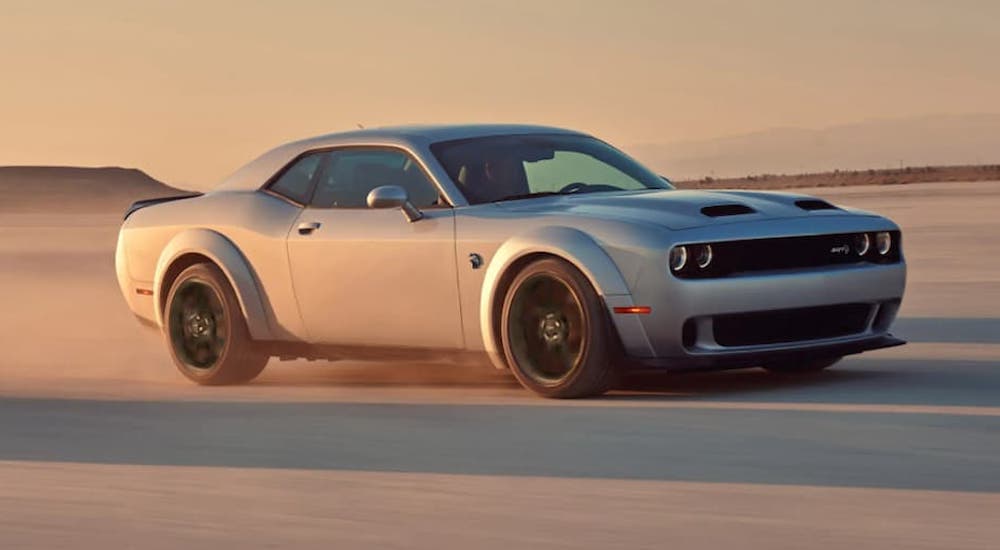
Growing Pains
In 1978, the fledgling Challenger was resurrected—sort of. With gas prices going off and the government cracking down on automotive emissions, it seemed like pony cars were finished. So, the Challenger was brought back as a much slower, rebadged Mitsubishi Galant with engine offerings that topped out at a 2.6-liter four-cylinder. This era of Challenger is often criticized or even completely ignored; it was unrecognizable as the sports car it succeeded, and it simply didn’t have the raw power to live up to the reputation of the V8-toting Challenger.
There was, however, one thing the second generation Challenger carried over from its predecessor: lookin’ good. It may not have presented like a muscle car, but then again, it wasn’t really trying to. This was a Japanese-built, luxury compact car, more sport-inspired than a sports car. Moreover, it was a visual representation of the era that built it, as opposed to the timeline dominated by brawny American muscle. This Challenger had all the flamboyancy of the ‘80s, with a two-tone paint job, angular profile, and flashy interior cloth options. It didn’t drive all that fast, but it looked the part with bright color options and racing stripes running down the side. The aerodynamic curves that outlined the first-generation Challenger were swapped for a boxier persuasion. The dual headlights got carried over, although those were shaped like a box.
This new Challenger was also considerably smaller, with a wheelbase shrunken down to 99 inches from 110 inches. Compact was king, though, and this smaller size contributed to better fuel efficiency. This Challenger was hitting the right notes, but despite harmonizing with what the public wanted during these years, its run was similarly short-lived. After 1983, the production of Challengers ceased again.
Muscled and Modern
It isn’t uncommon for vehicle manufacturers to bring back benched nameplates. As we saw with the second-generation Challenger, these reborn versions are oftentimes a far cry from their namesake, sharing little in common aside from badging. However, when the Challenger name was exhumed again in 2008, it felt like seeing a ghost. At the front end, rounded dual headlights peek out from a recessed grille. From there, a character line traces a familiar path, kicking up at the end, and further on, the split taillights are reminiscent of those of a 1972 Challenger.
The reborn Challenger’s uncanny resemblance to its predecessor is thanks to the work of designer Michael Castiglione. To help create the genuine article, his studio brought in a 1970 Challenger for reference while they were working, and the result is a modern vehicle with all the retro swagger of the peak of pony car stardom.
To add to the Challenger’s already iconic style, Dodge has created a huge array of appearance and performance packages that make the car feel endlessly customizable. A huge palette of colors can be applied to the vehicle, from Hellraisin’ purple to Go Mango orange. Hood scoops and shakers are optional add-ons, as are several different styles of stripes. Wheels can be sized up or sized down straight from the factory, and the Challenger comes with enough different badges to make an Eagle Scout swoon. The customizability of the Challenger borders on ridiculous, but it’s all to one end: making each Challenger feel unique in the hands of its driver.
Back in Style
Have you noticed an increase in mullets around you lately? Or the oscillating trendiness of low-rise jeans to high-rise jeans, back to low-rise jeans again? It seems like everything comes back into style eventually. Perhaps that explains why the new Challenger manages to look fresh, despite its resemblance to a car that was produced over fifty years ago. It’s been decades since American pony cars ripped their way to the top, peaked, then fell under the crushing weight of oil embargos and emission controls, but the Challenger has kept the interest in ripping through a quarter mile alive. Its likeness to those big-block-lugging legends is surely part of that interest. Dodge putting an 807-hp supercharged V8 under the hood probably doesn’t hurt, either.

